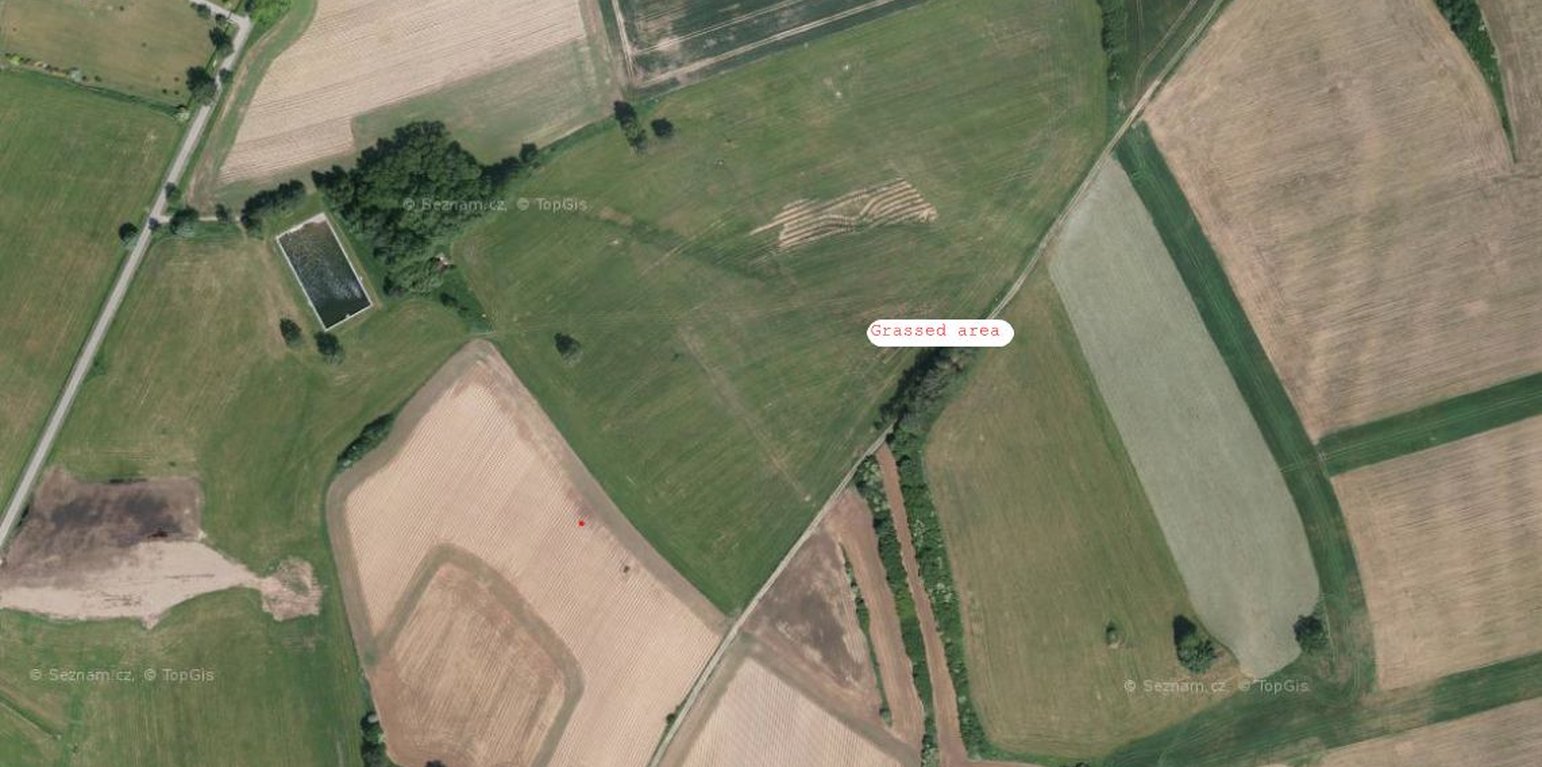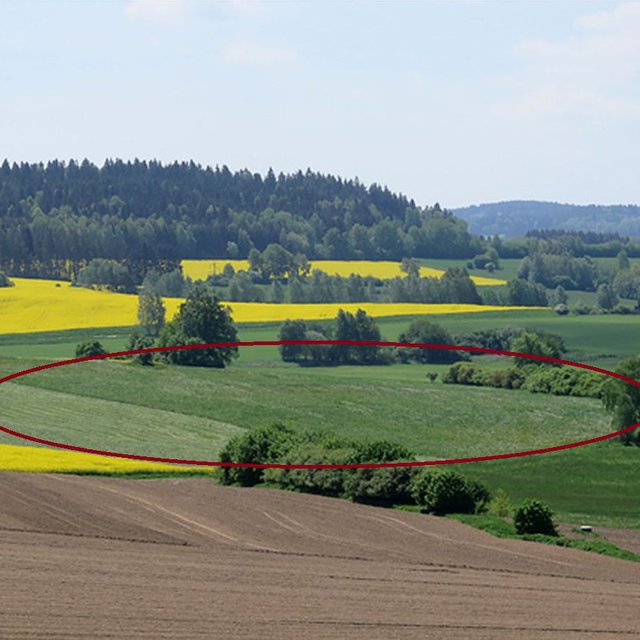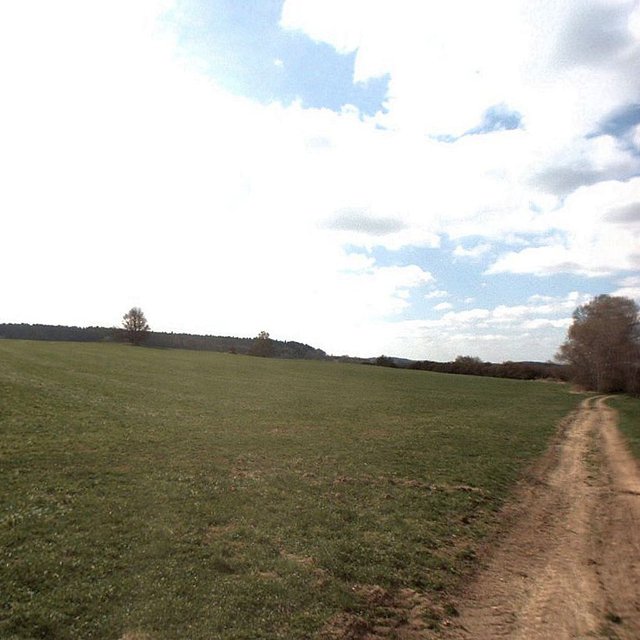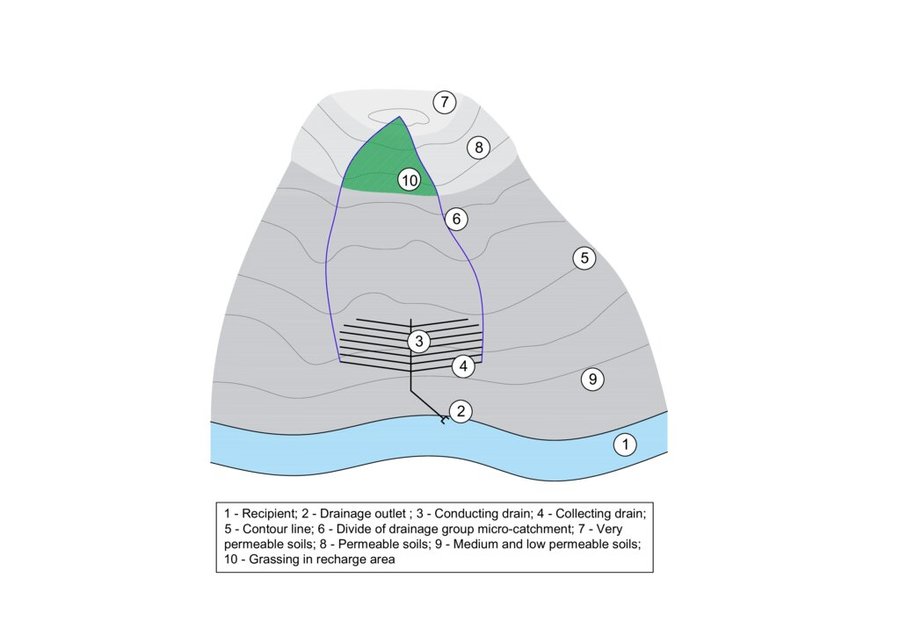



Grassing of recharge zones of agricultural drainage systems significantly improves the quality of drainage water: it can be a useful, effective and relatively cheap measure. Grassing is an effective preventative strategy to prevent nitrogen pollution. Reduction of nitrate pollution by grassland occurs mainly through grassland’s ability to absorb and use large amounts of nitrogen compared with field crops, and this capacity remains effective for a longer period of the year. Permanent grasslands cover the soil year-round and have a large stock of active subsurface biomass in the root system, which can immobilize a significant amount of soil nitrogen. Moreover, grassland has a greater amount of active soil microbes than under field crops (Griffiths et al. 2008). Besides nitrogen remedial ability, grasslands offer other regulation and supporting ecosystem service (ES) benefits (Hönigová et al., 2012) – for example carbon sequestration, erosion prevention and water flow regulation. On the other hand, used too widely, grassland can be seen as a negative ES provider, in the sense that it reduces the area of crop production (Hauck et al., 2014). That is why it is recommended to limit the use of grassing so that it acts within relatively small areas focused on the catchment area. The effectiveness of grassing has been evaluated statistically, when Fučík et al. (2008) reported that an increase in grassed area of 10% can decrease the C90 (90% probability of non-exceedance) nitrate value in the waters of streams (small water courses) by 6.4 mg/l.

ទីតាំង: Kojčice, Bohemian - Moravian Highlands, សាធារណរដ្ឋឆែក
ចំនួនទីកន្លែងបច្ចេកទេស ដែលវិភាគ: មួយកន្លែង
ការសាយភាយនៃបច្ចេកទេស: ត្រូវបានផ្សព្វផ្សាយត្រឹមតំបន់មួយ (0.05 km²)
តើស្ថិតក្នុងតំបន់ការពារអចិន្ត្រៃយ៍?: ទេ
កាលបរិច្ឆេទនៃការអនុវត្ត: 2006
ប្រភេទនៃការណែនាំឱ្យអនុវត្តន៍៖







| បញ្ជាក់ពីធាតុចូល | ឯកតា | បរិមាណ | ថ្លៃដើមក្នុងមួយឯកតា (EUR) | ថ្លៃធាតុចូលសរុប (EUR) | % នៃថ្លៃដើមដែលចំណាយដោយអ្នកប្រើប្រាស់ដី |
| កម្លាំងពលកម្ម | |||||
| Work for delimitation | person - days | 3,0 | 130,0 | 390,0 | |
| Project and administration | person - days | 4,0 | 150,0 | 600,0 | 90,0 |
| Manual work on the field | ha | 5,0 | 30,0 | 150,0 | 90,0 |
| សម្ភារៈ | |||||
| Machinery - sowing machine, chopper | ha | 5,0 | 200,0 | 1000,0 | 89,0 |
| Fuel | ha | 5,0 | 60,0 | 300,0 | 90,0 |
| សម្ភារៈដាំដុះ | |||||
| Seeds | ha | 5,0 | 40,0 | 200,0 | 90,0 |
| ជី និងសារធាតុពុល | |||||
| Feritilizers (mostly urea and pig slurry digestate) | ha | 5,0 | 30,0 | 150,0 | 90,0 |
| Biocides (only the year of establishment) | ha | 5,0 | 60,0 | 300,0 | 90,0 |
| ផ្សេងៗ | |||||
| Fixed costs | ha | 5,0 | 180,0 | 900,0 | 90,0 |
| ថ្លៃដើមសរុបក្នុងការបង្កើតបច្ចេកទេស | 3'990.0 | ||||
| ថ្លៃដើមសរុបក្នុងការបង្កើតបច្ចេកទេសគិតជាដុល្លារ | 4'336.96 | ||||
| បញ្ជាក់ពីធាតុចូល | ឯកតា | បរិមាណ | ថ្លៃដើមក្នុងមួយឯកតា (EUR) | ថ្លៃធាតុចូលសរុប (EUR) | % នៃថ្លៃដើមដែលចំណាយដោយអ្នកប្រើប្រាស់ដី |
| កម្លាំងពលកម្ម | |||||
| Manual work on the field | ha | 5,0 | 25,0 | 125,0 | 85,0 |
| សម្ភារៈ | |||||
| Machinery - sowing machine, chopper, tractor | ha | 5,0 | 200,0 | 1000,0 | 85,0 |
| Fuel | ha | 5,0 | 60,0 | 300,0 | 85,0 |
| សម្ភារៈដាំដុះ | |||||
| seeds | ha | 5,0 | 20,0 | 100,0 | 85,0 |
| ជី និងសារធាតុពុល | |||||
| Feritilizers (mostly urea and pig slurry digestate) | ha | 5,0 | 25,0 | 125,0 | 85,0 |
| Biocides (when needed) | ha | 5,0 | 30,0 | 150,0 | 85,0 |
| ផ្សេងៗ | |||||
| Fixed costs | ha | 5,0 | 150,0 | 750,0 | 85,0 |
| ថ្លៃដើមសរុបសម្រាប់ការថែទាំដំណាំតាមបច្ចេកទេស | 2'550.0 | ||||
| ថ្លៃដើមសរុបសម្រាប់ការថែទាំដំណាំតាមបច្ចេកទេសគិតជាដុល្លារ | 2'771.74 | ||||
Farmers will lose land for growing commercially viable crops (cereals, potatoes, rape) and grass production (hay, haylage) will increase.
Permanent grassland in the recharge area will protect the shallow soils especially from accelerated erosion.
This measure will reduce the intensity of surface and subsurface runoff from the catchment.
Grassing will slowdwn the surface runoff especially during intensive rainfall-runoff events.
Permanent grasslands cover the soil year round.
This measure prevents soil loss from the accelerated erosion.
Permanent grasslands have a big stock of active subsurface biomass in the root system, which can immobilize a significant amount of soil nitrogen. Moreover, it has bigger amount and increased activity of soil microbes supporting e.g. carbon sequestration.
Unlike arable land, permanent grassland provides full land cover even in the non-growing season.
Properly managed grasslans will increase biodiversity (compared to the arable lands), especially amount of insect.
In intensively drained catchments, drainage structures have a significant contribution to total runoff and water pollution.Grassing in recharge zone will significantly mitigate water pollution, especially nutrients and pesticides loads.
Decrease in rapid erosive runoff will reduce the risk of sediment input to lower lying lands.
Decrease in rapid erosive runoff will reduce the risk of sediment input into the intravilane of lower lying villages or public roads.